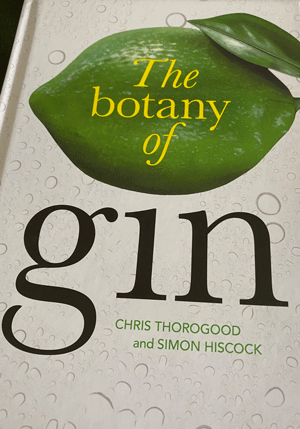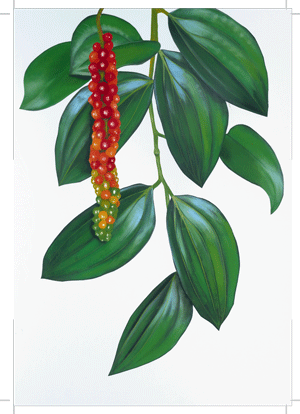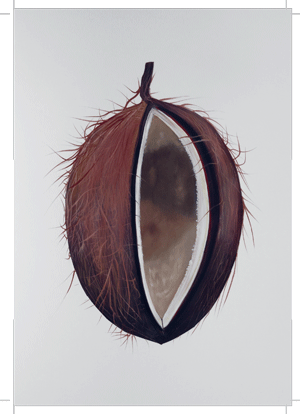Botany of Gin – Review
 Gin has seen quite a resurgence in popularity over the last few years and for most of my life it has been my preferred tipple. Now a new book by Chris Thorogood and Simon Hiscock – ‘The Botany of Gin‘, – takes a look at the diverse assortment of aromatic plants from around the world that have been used in producing gin over the course of several centuries, and its fascinating.
Gin has seen quite a resurgence in popularity over the last few years and for most of my life it has been my preferred tipple. Now a new book by Chris Thorogood and Simon Hiscock – ‘The Botany of Gin‘, – takes a look at the diverse assortment of aromatic plants from around the world that have been used in producing gin over the course of several centuries, and its fascinating.
Rooted in ancient Greece as a herbal medicine, the popular spirit we know today was established by the Dutch in the 16th century as a juniper-infused tincture to cure fevers. Many of us will have seen the graphic cartoons by Hogarth, depicting the ‘gin craze’ or ‘mother’s ruin’ from its notoriety during the 18th century, however, today’s resurgence with its profusion of new botanical flavourings, leaves no such images. It has become a popular social drink and quite rightly so.
This is an enticing book, not just for gin lovers but for anyone interested in botanics. As the authors point out in the Introduction, understanding the different types of formulation and the plants used, is central to appreciating the complexities and subtleties of gin.
 The authors take their inspiration from the gin botanicals that are grown in the University of Oxford Botanic Garden, plants that have themselves inspired the recipe for a new gin distilled in the city of Oxford.
The authors take their inspiration from the gin botanicals that are grown in the University of Oxford Botanic Garden, plants that have themselves inspired the recipe for a new gin distilled in the city of Oxford.
Of course, the main ingredient of gin is Juniper but what makes modern gin so enjoyable and distinctive, is the locality of the gin and the mix of ingredients. Gin can be produced locally, unlike wine, and so we now have a proliferation of an amazing assortment of gins, all distinctive in their own right.(pictured left: Black Pepper, illustrated by Chris Thorogood).
The Introduction of the book traces the history of gin and outlines how gin is made. It also takes the reader through the different types of gin, from classical gins to artisan gins and the use of gin in various drinks.
Superb interpretive paintings
The botanicals section contains beautiful interpretive oil paintings by Chris Thorogood of the various ingredients from fruits and berries to star anise and sacred lotus, each with a concise description, distribution and use in gin. These are really splendid.
 As a gin drinker I found this book fascinating and it has made me appreciate the variety of botanicals that can go to make such a distinctive drink. If you are a botanist or gardener the book will have added interest.
As a gin drinker I found this book fascinating and it has made me appreciate the variety of botanicals that can go to make such a distinctive drink. If you are a botanist or gardener the book will have added interest.
Chris Thorogood is Deputy Director and Head of Science of Oxford Botanic Garden and Arboretum. Simon Hiscock is Director of Oxford Botanic Garden and Arboretum.(pictured right: Coconut, illustrated by Chris Thorogood).
‘The Botany of Gin‘ by Chris Thorogood and Simon Hiscock is available in hardback priced at £15 and published by the Bodleian Library – www.bodleianshop.co.uk – available from September 2020.
A copy of this book was kindly supplied by the publishers for review.

